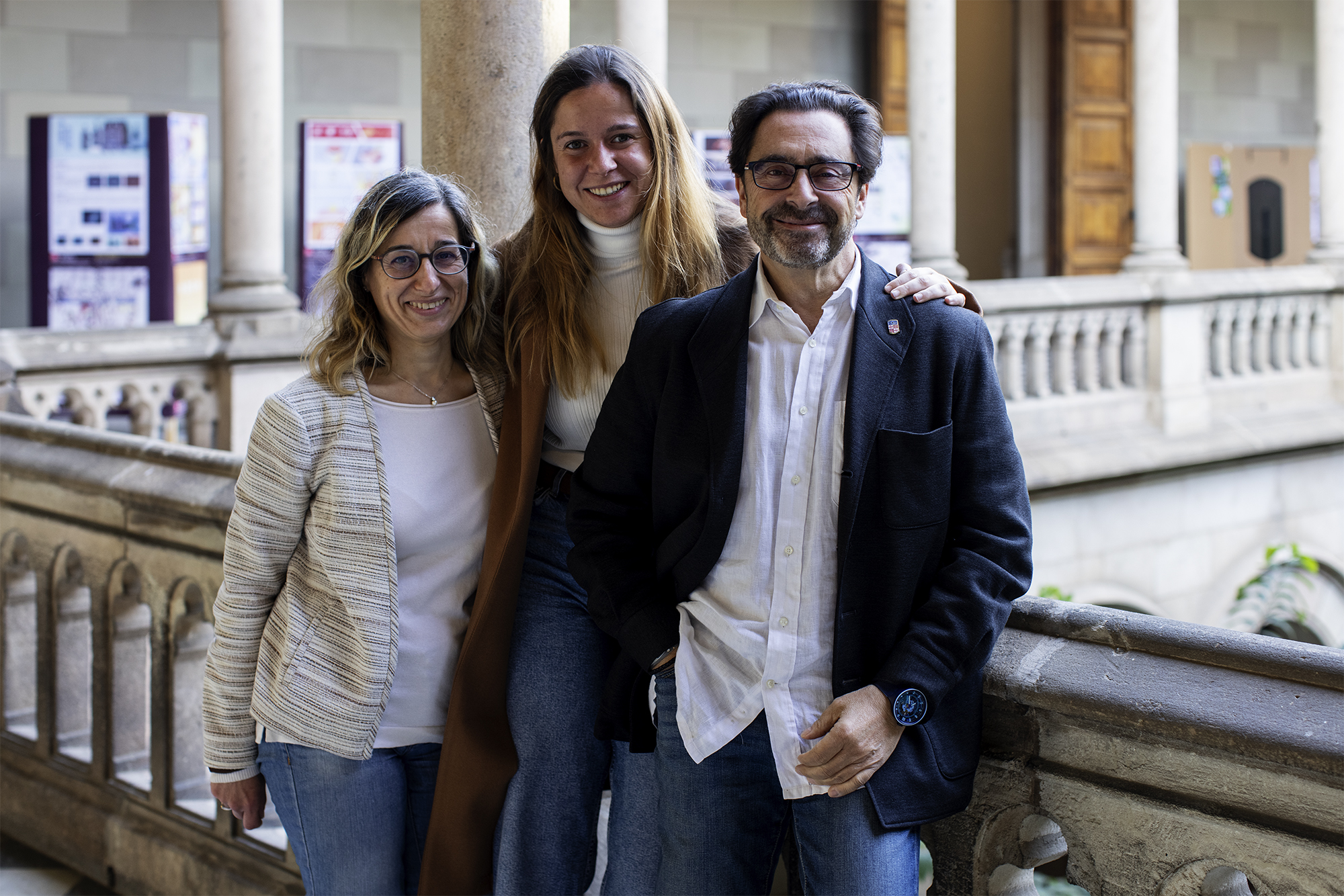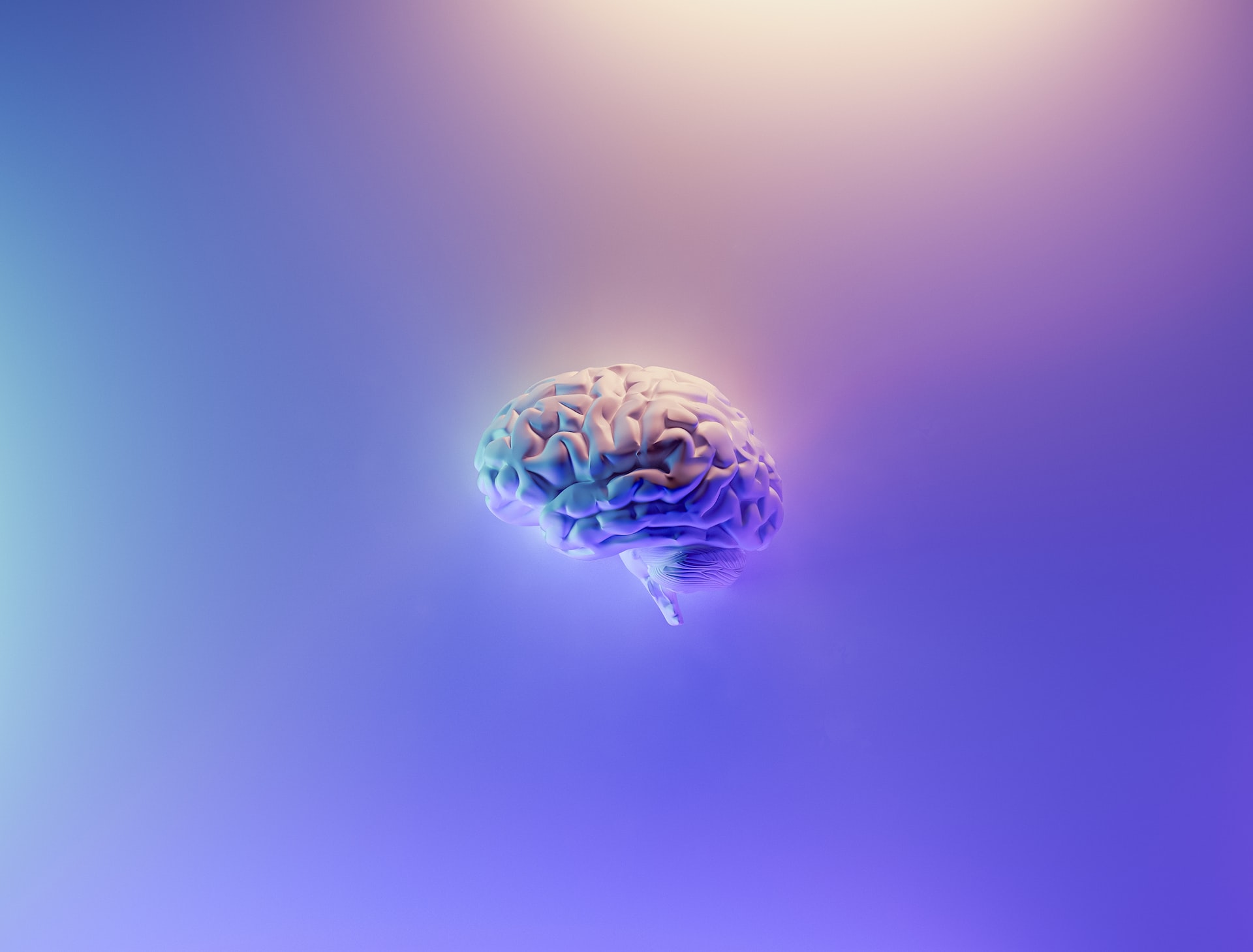Detail
Researchers identify differences in the spontaneous brain activity in people with Down syndrome
Researchers of the Faculty of Psychology, the Institute of Neurosciences (UBNeuro) and the Institute of Complex Systems (UBICS) of the University of Barcelona have identified, using functional magnetic resonance techniques, differences in the spontaneous activity of the brain in a resting state in people with Down syndrome (DS) compared to the general population. Also, these variations could be related to cognitive skills.
According to the authors, these results can help detect the anomalies of the cognitive functioning caused by this syndrome, and they point to this brain signal as a potential biomarker of neurodegeneration, “which is important given the difficulties to assess these people’s dementia”.
The study, published in the journal Scientific Reports, includes the participation of the researchers Cristina Cañete —first author of the research—, Maria Carbó and Maribel Peró, led by Joan Guàrdia, professor of Methodology of Behavioural Sciences at the Faculty of Psychology and current rector of the UB. The study also counted on the participation of the experts Shi-Xian Ciu and Chao-Gan Yan, from the Chinese Academy of Sciences in Beijing (China).
Impact of Alzheimer’s disease on Down syndrome
Down syndrome is the most frequent genetic cause of neurodevelopmental delay and it affects one out of every 700 births. These people’s life expectancy has dramatically increased over the last years, but with this increase, researchers have detected a growth of comorbidity due to illnesses such as Alzheimer’s disease. “Due to the high incidence of Alzheimer’s in Down syndrome, this population offers an extraordinary opportunity to understand the temporary progression of this dementia, the different sides that contribute to the age of the onset, and also to apply knowledge to the general population”, notes Joan Guàrdia, professor at the Department of Social Psychology and Quantitative Psychology of the UB.
The research compared resting-state brain signals in 18 people with DS and in 18 people from a control group using functional magnetic resonance techniques, a type of study that allows the evaluation of the basal brain function and which is used to find differences between groups. Within this paradigm, they combined two analytical techniques based on diverse information. On the one hand, the fALFF, which measures the local spontaneous activity, and on the other, the ReHo analysis, which estimates the brain’s regional anomalies. “These tools are especially useful when we do not have studies nor hypotheses that can guide our research, like in this case, in which few studies have used these techniques focused on the whole brain”, notes Cristina Cañete.
Moreover, this is the first study to apply this technique to a young adult sample —average age of 28.7— with DS. In this case, the age of the participants is very relevant, since it allows us to identify the brain activity before the first signs of dementia associated with this syndrome appear. “We have to consider that the neuropathology of Alzheimer’s is universal in all people with Down syndrome over 40 years old. This involves that in within a few years, major changes can occur in the brains of these people. Therefore, it is essential to focus the studies on young participants who have not yet developed the first signs of the pathology”, states the research group.
A shocking connection to cognitive skills
The results identified brain areas that show a different spontaneous activity between people with DS and the control groups, such as, for instance, in the frontal and temporal lobes. These two, relevant for executive and speech functions, and memory, are very altered functions in people with DS. These data were obtained using cognitive tests, including a verbal fluency test, on the participants. “The most shocking result was the strong link we found between the activation of the areas where we found differences and the cognitive tests”, notes the researcher.
Given the results, one of the challenges for the research team was to see the reason these variations take place, and in what way they affect the neuropathological features of this syndrome. “These areas seem essential in the syndrome and could be related to brain structural differences, to the functions of these areas, which are affected in the population with Down syndrome, or which could even be related to the early accumulation of β-amyloid plaques, typical in Alzheimer’s disease, in this population”, notes Cristina Cañete.
Moreover, the study opens the door to using the brain signal to assess the neurodegeneration of people with Down syndrome. “The difficulties in the cognitive evaluation of this population are huge, and we need new methods which are more reliable and valid. Therefore, a new research line we have to study is the use of the brain signal as a biomarker of cognitive skills or to detect dementia early”, concludes the researcher.

From left to right: Maribel Peró, Cristina Cañete and Joan Guàrdia, researchers of the Faculty of Psychology.



